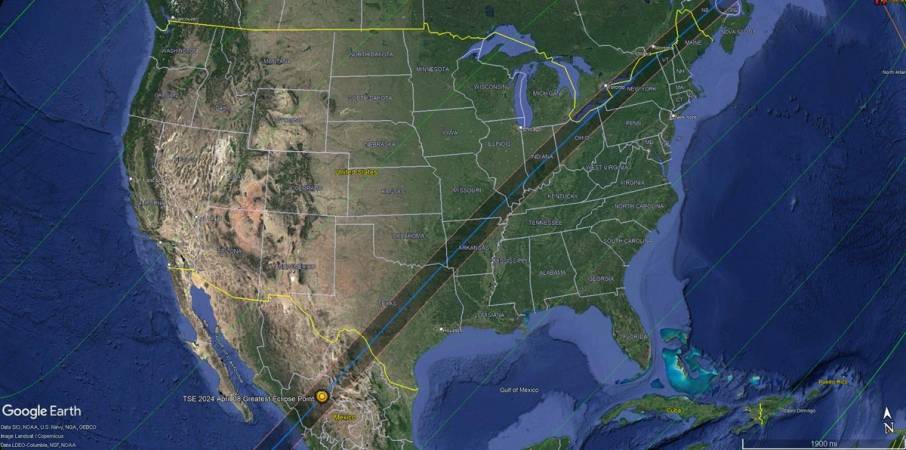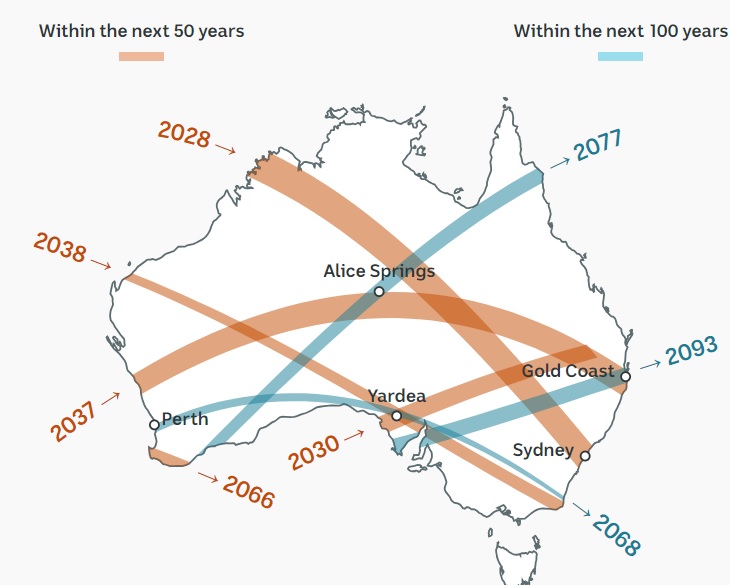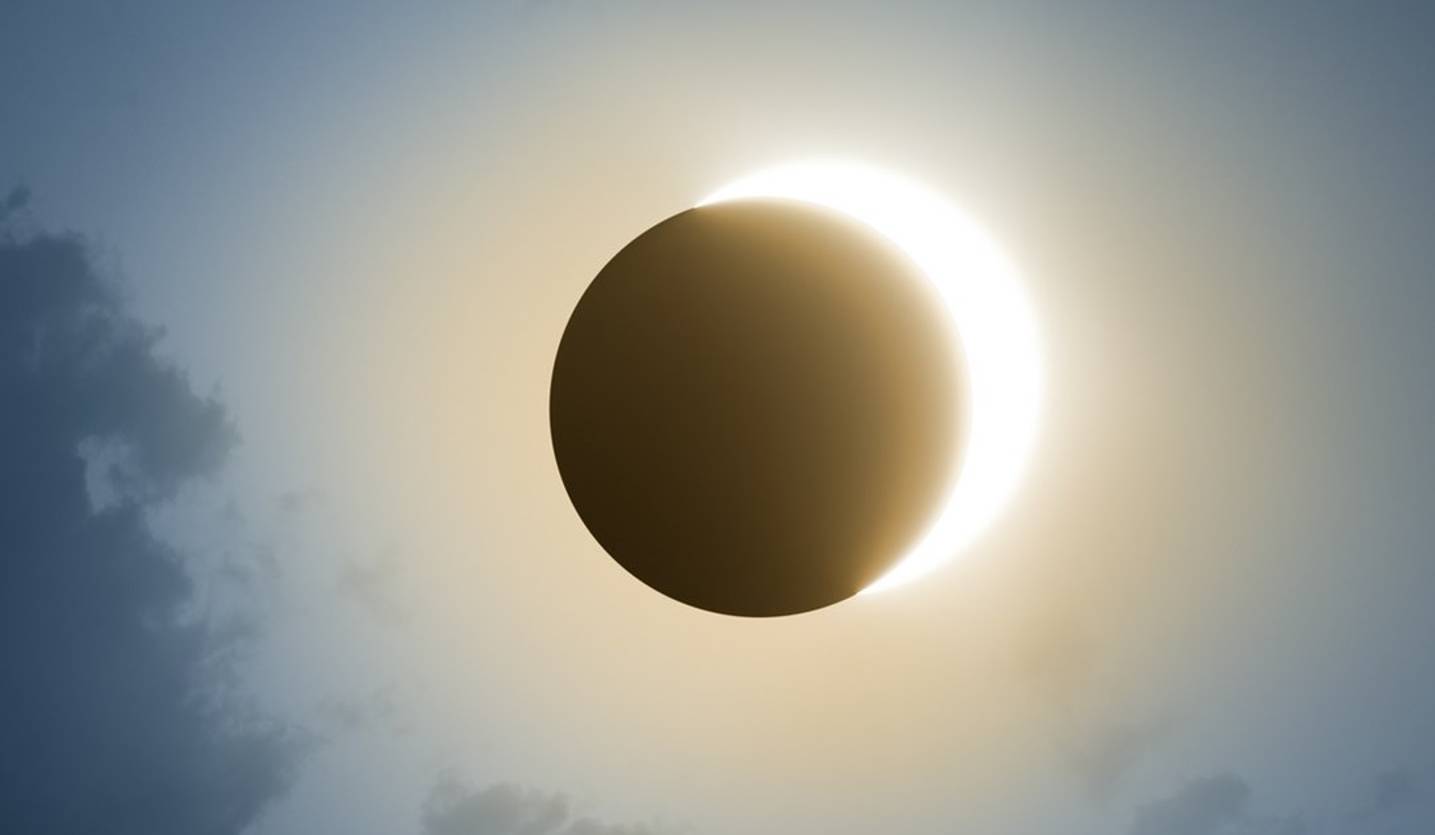The 2024 Total Solar Eclipse will carve a narrow path across Mexico, the United States, and eastern Canada, offering viewers within its trajectory a once-in-a-lifetime opportunity to witness the mesmerising corona surrounding the sun, the hottest thing any human ever sees.
While sky gazers across North America gear up to witness this extraordinary event, Australians will have to wait until July 22, 2028, for their next chance to experience a total solar eclipse.

Despite the disappointment of missing out on the 2024 eclipse, Australians can take solace in the knowledge that they will have future opportunities to witness this celestial phenomenon.
However, the rarity of solar eclipses in Australia cannot be overstated. On average, an annular eclipse, where the moon covers the sun’s center, leaving a ring of sunlight visible, is observed once every 224 years, while a total eclipse, where the sun is completely obscured by the moon, occurs approximately once every 375 years.
The next total solar eclipse on U.S. soil is in 2033 in Alaska. After that, it’s 2044 in Montana and the Dakotas before a coast-to-coast whopper in 2045.

- There will be eight total solar eclipses in Australia over the next 100 years.
- The next one occurs in 2028, and its path of totality will pass right over Sydney.
- A small patch of South Australia will see three total solar eclipses in the next 100 years.
- And Queensland’s Gold Coast will see two in the same period.
Australia and New Zealand Eclipse: July 22, 2028
The prime location to witness this eclipse will be Sydney Harbour in Australia, boasting a total eclipse duration of three minutes and 44 seconds.
Alternatively, for those seeking a guaranteed clear sky, the vast expanse of the Australian Outback awaits exploration. Additionally, Queenstown in New Zealand will experience totality near sunset, providing another captivating viewing opportunity.
Australia and New Zealand Eclipse: July 13, 2037
During a mid-winter eclipse in the Southern Hemisphere, locations like Geraldton, Uluru (Ayers Rock), Byron Bay, the Gold Coast, and the secluded Lord Howe Island will be enveloped by the moon’s shadow for up to three minutes and 58 seconds.
Additionally, the North Island of New Zealand, featuring the Ngauruhoe volcano (known as Mount Doom in The Lord of the Rings films) in Tongariro National Park, and the coastal town of Napier in Hawke’s Bay, will also witness this celestial event.
Australia and New Zealand Eclipse: December 26, 2038
If eclipse enthusiasts still have any remaining air miles from 18 months ago, they can catch the upcoming mid-summer eclipse, which will predominantly take place over the remote Australian Outback.
However, the path of totality will pass just north of both Adelaide and Melbourne. Additionally, the two-minute totality will also be visible over the northern and southern tips of New Zealand’s North and South Islands, respectively.

Next Five Total Solar Eclipses (Globally)
For those unwilling to wait until 2028 for their next glimpse of this cosmic marvel Down Under, the upcoming years hold thrilling prospects. The next five total solar eclipses are set to dazzle observers in populous areas, with paths of totality traversing diverse continents.
- July 2, 2019: Chile and Argentina
- December 14, 2020: Chile and Argentina
- April 8, 2024: Mexico, US, Canada
- August 12, 2026: Greenland, Iceland, Spain
- August 2, 2027: North Africa and Middle East







